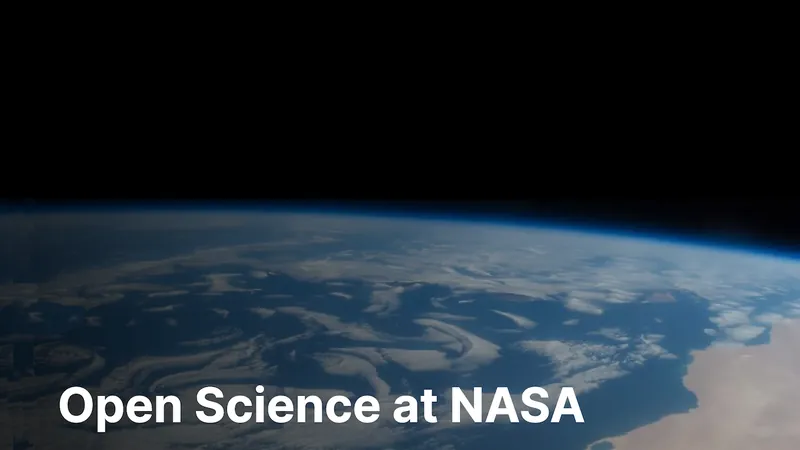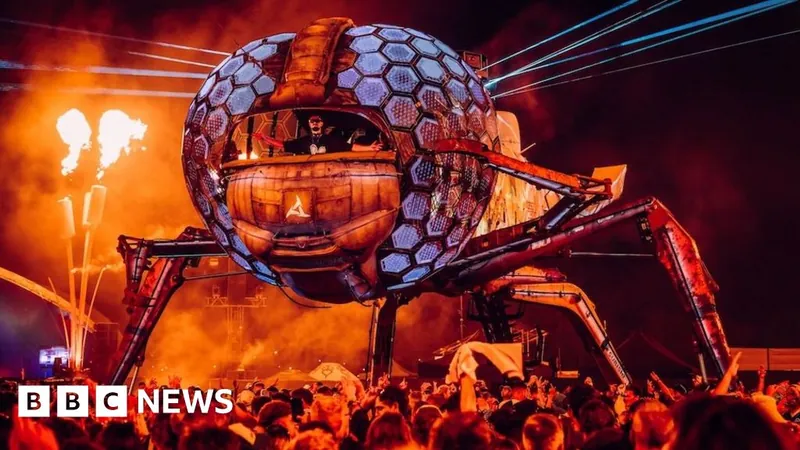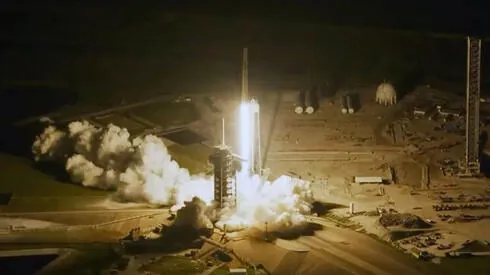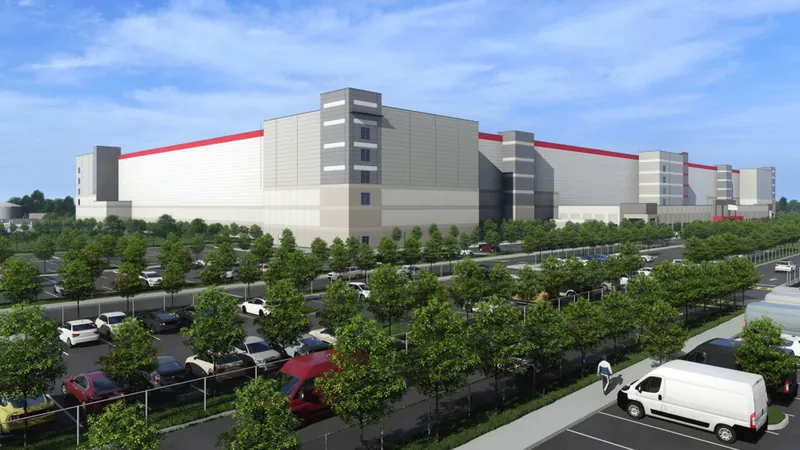
Unlocking the Secrets of Astrobiology: AI and Open Science Join Forces
2025-05-24
Author: Liam
Astrobiology's New Frontier
Astrobiology, the fascinating study of life beyond Earth, is set to enter a transformative era with the integration of Artificial Intelligence (AI) and Open Science. This interdisciplinary field, which explores everything from the origin of habitable planets to the complex ecosystems that may thrive on them, offers unprecedented opportunities for innovation and discovery.
The Power of AI in Astrobiology
AI and machine learning (ML) techniques are redefining how researchers analyze vast datasets. Recent breakthroughs include identifying minerals associated with potential habitability through advanced spectral analysis and classifying exoplanet transit signals to discover new worlds. As astrobiologists harness multi-modal data—ranging from spectroscopy to isotopic analysis—AI’s capabilities to unveil intricate connections among diverse data types become crucial.
The Push for Open Science
Aligned with NASA’s Open Science Initiative, there's a growing movement towards open science in the astrobiology community. This shift not only prioritizes data accessibility but also enhances collaboration across various scientific disciplines. By adhering to the FAIR (Findable, Accessible, Interoperable, and Reusable) principles, researchers aim to eliminate redundancy, improve reproducibility, and lower innovation barriers.
Current Challenges in Data Accessibility
Despite progress, significant gaps exist in the astrobiology data ecosystem. Accessing necessary data remains a daunting task due to incompatible formats and lack of standardization. For instance, retrieving relevant historical data often requires extensive manual effort, making it difficult to compile the vast datasets needed for robust AI models. Addressing these challenges is essential for leveraging AI's full potential in astrobiology.
Strategic Recommendations for Improvement
To tackle the pressing issues at hand, experts propose creating unified ontologies and API standards across astrobiology disciplines. This means crafting a comprehensive classification system for various biological and geological metrics to ensure seamless data integration. Establishing a repository of field samples and standardized protocols for research practices could further facilitate collaboration and data sharing.
Bridging the Gap: Collaboration Is Key
Access to rare samples and unique research instruments is often restricted, hindering the astrobiology community's ability to capitalize on significant investments in research. Implementing community-access models for key instruments and developing long-term archiving strategies for valuable samples are critical steps. Encouraging transparency in sharing results and methodologies can empower researchers to replicate findings and contribute to collective knowledge.
A Call to Action for the Scientific Community
To realize the full potential of AI and open science in astrobiology, scientists must commit to streamlining data sharing practices and developing a culture of collaboration. By harnessing AI, embracing open science, and investing in standardized systems, we can unlock new insights about life beyond our planet and perhaps redefine our understanding of the universe itself.
Looking Ahead: Future Possibilities
As the field of astrobiology evolves, the convergence of AI and open science presents a beacon of hope for groundbreaking discoveries. By collectively addressing current barriers and fostering an environment of data accessibility, the scientific community can pave the way for transformative advancements that not only enhance our knowledge of life beyond Earth but also inspire future generations of explorers.









 Brasil (PT)
Brasil (PT)
 Canada (EN)
Canada (EN)
 Chile (ES)
Chile (ES)
 Česko (CS)
Česko (CS)
 대한민국 (KO)
대한민국 (KO)
 España (ES)
España (ES)
 France (FR)
France (FR)
 Hong Kong (EN)
Hong Kong (EN)
 Italia (IT)
Italia (IT)
 日本 (JA)
日本 (JA)
 Magyarország (HU)
Magyarország (HU)
 Norge (NO)
Norge (NO)
 Polska (PL)
Polska (PL)
 Schweiz (DE)
Schweiz (DE)
 Singapore (EN)
Singapore (EN)
 Sverige (SV)
Sverige (SV)
 Suomi (FI)
Suomi (FI)
 Türkiye (TR)
Türkiye (TR)
 الإمارات العربية المتحدة (AR)
الإمارات العربية المتحدة (AR)